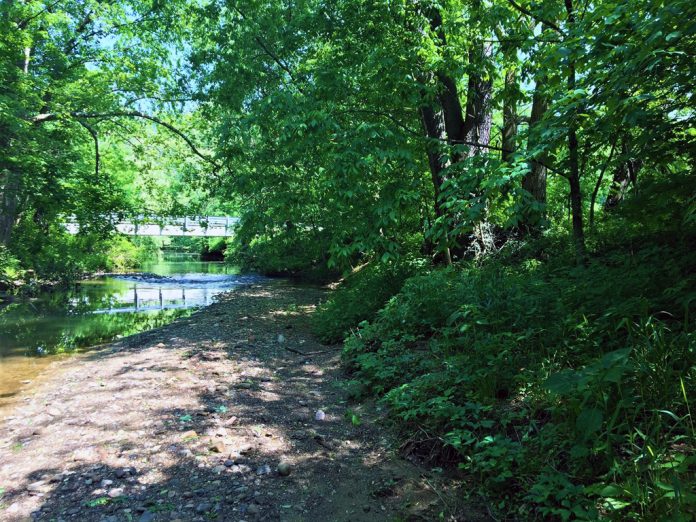By Zachary Felger
Winter brings unique challenges to farmers, especially when it comes to managing runoff and protecting water quality. As snow and ice melt, the potential for erosion and water contamination increases.
Implementing effective strategies to manage winter runoff is crucial for safeguarding both soil and water resources. In this article, we will explore best practices that farmers can adopt to minimize the impact of winter runoff on water quality.
Understanding winter runoff
Winter runoff occurs when snow and ice melt, creating flows of water that can carry sediment, nutrients and pollutants into nearby water bodies. This runoff poses a risk to water quality, as it can lead to soil erosion, nutrient loss and contamination of rivers and streams. Proper management practices are essential to mitigate these risks and protect both the environment and agricultural productivity.
Buffer zones and riparian areas
Establishing buffer zones and maintaining riparian areas are effective strategies to reduce the impact of winter runoff. Buffer zones, comprised of vegetation, act as a natural barrier, slowing down runoff and allowing sediment to settle before reaching water bodies. Riparian areas, the zones along watercourses, play a crucial role in filtering and absorbing pollutants.
By protecting and enhancing these areas, farmers can significantly contribute to water quality conservation. Buffers, setbacks and riparian areas are commonly the practice standards that shield farmers from potential violations in most agricultural pollutant abatement complaints.
Cover crops for winter conservation
Planting cover crops during the winter months is a proactive measure that provides multiple benefits. Cover crops help prevent soil erosion by holding the soil in place, reduce nutrient runoff and improve overall soil health.
Popular winter cover crops include winter rye, hairy vetch and clover. Their root systems help anchor the soil, and when spring arrives, they can be easily incorporated into the soil to add organic matter. Most cover crops are seeded immediately after fall harvest, but new practices are starting to see these cover crops added prior to harvest (interseed in the cash crop) so the cover crop is established at time of harvest.
Sediment basins and retention ponds
Implementing sediment basins and retention ponds on the farm is another effective strategy for managing winter runoff. Sediment basins are designed to capture sediment-laden water, allowing sediment to settle before the water is discharged. Retention ponds act as temporary storage for runoff, giving sediments and pollutants time to settle, preventing them from reaching nearby water bodies.
Conservation tillage practices
Choosing conservation tillage practices, such as no-till or reduced tillage, can help minimize soil disturbance and reduce the risk of erosion during the winter. Leaving crop residues on the field creates a protective layer, shielding the soil from the impact of rainfall and snowmelt, while also providing ground cover for wildlife during the winter months.
Education and outreach
Promoting awareness among farmers about the importance of managing winter runoff is key to widespread adoption of these conservation practices. Extension programs, workshops and educational materials can help disseminate information about best management practices, encouraging farmers to implement sustainable techniques on their farms. The cost-sharing opportunities for cover crops through NRCS EQIP further incentivize the adoption of sustainable techniques.
Managing winter runoff is a critical aspect of winter conservation for farmers. By incorporating buffer zones, cover crops, sediment basins and conservation tillage practices, farmers can play a vital role in preserving water quality and protecting the long-term sustainability of both their operations and the environment.
(Zachary Felger is the Mahoning County Soil and Water Conservation District Outreach and Education Specialist.)













